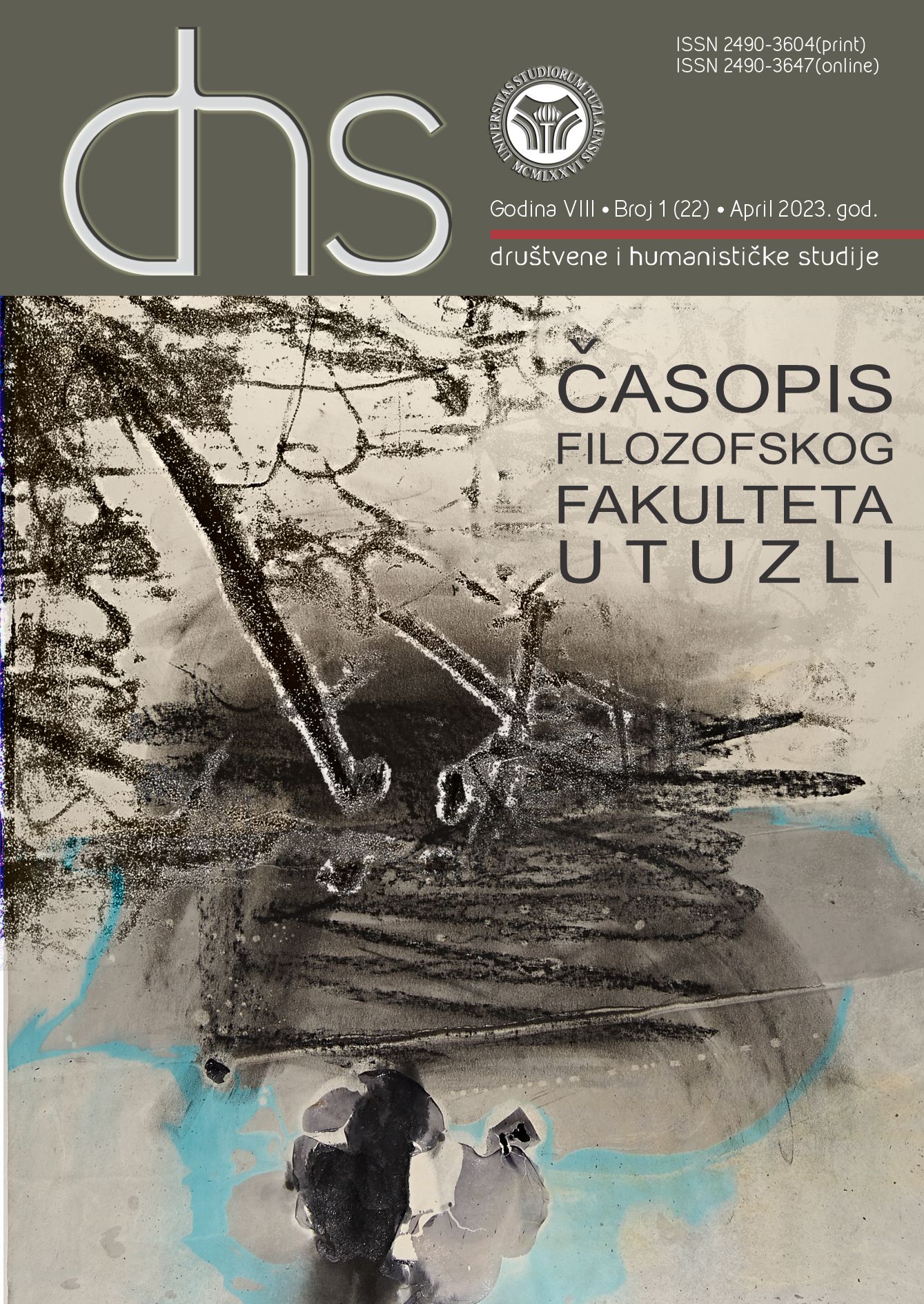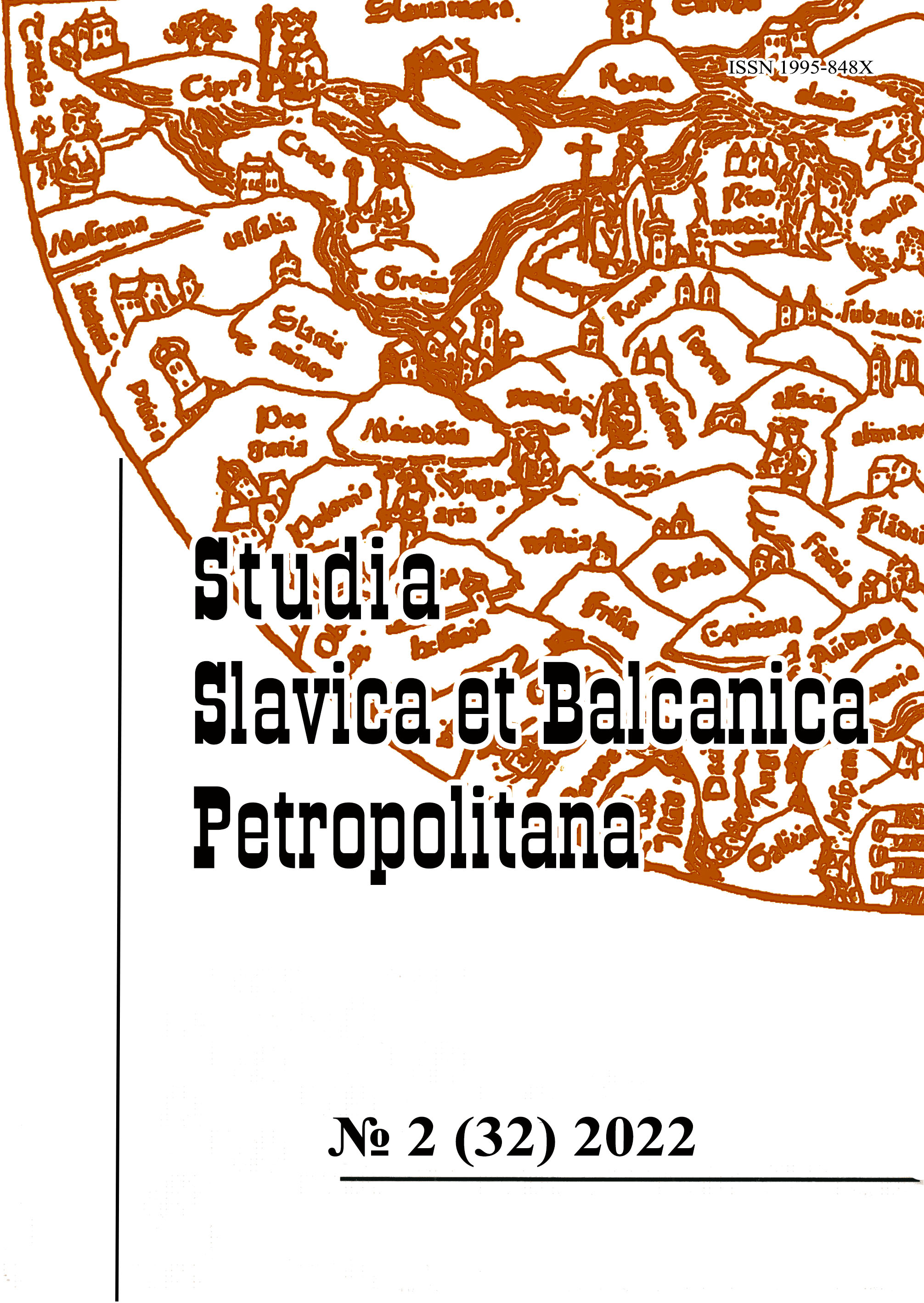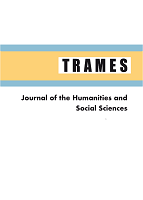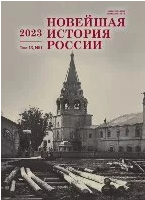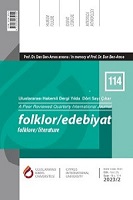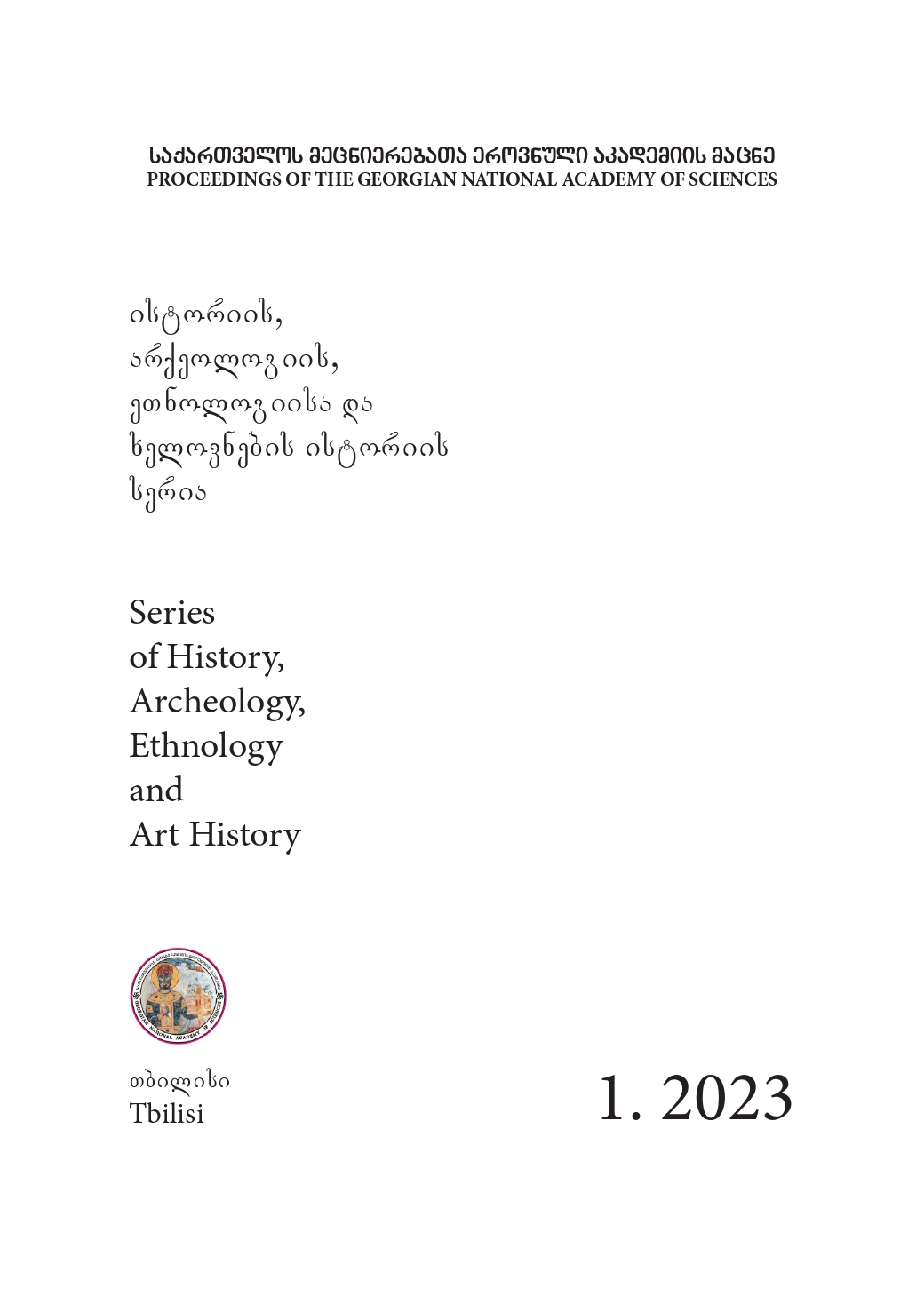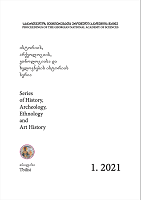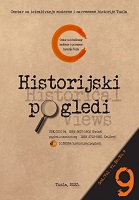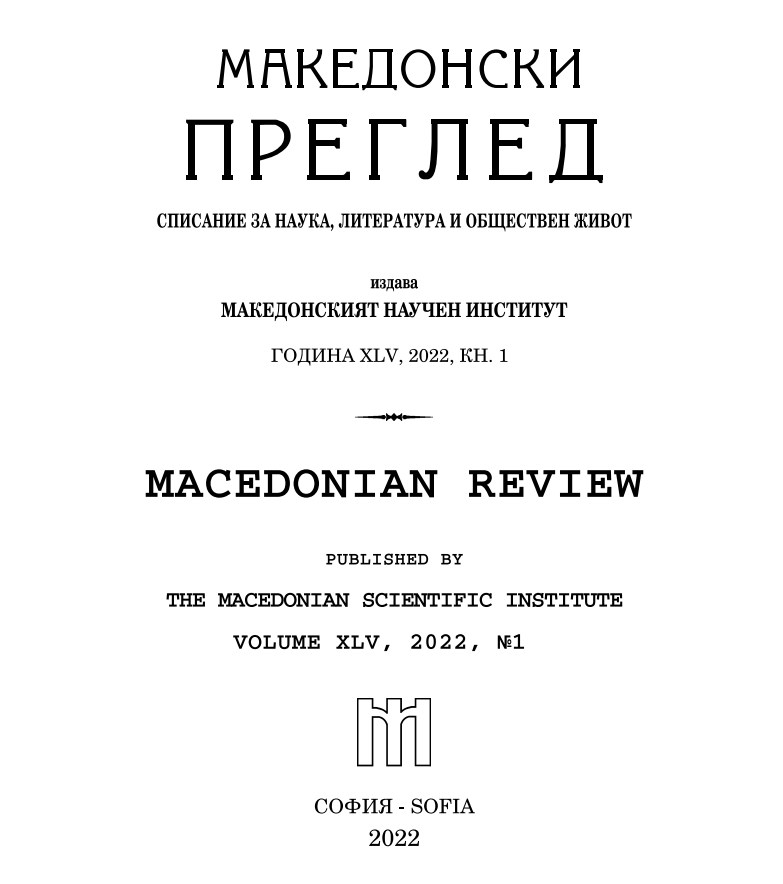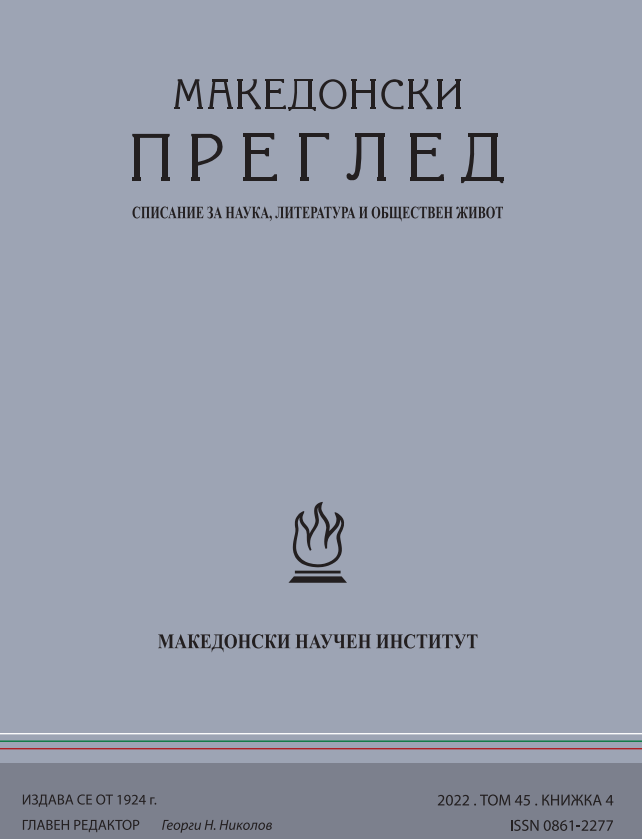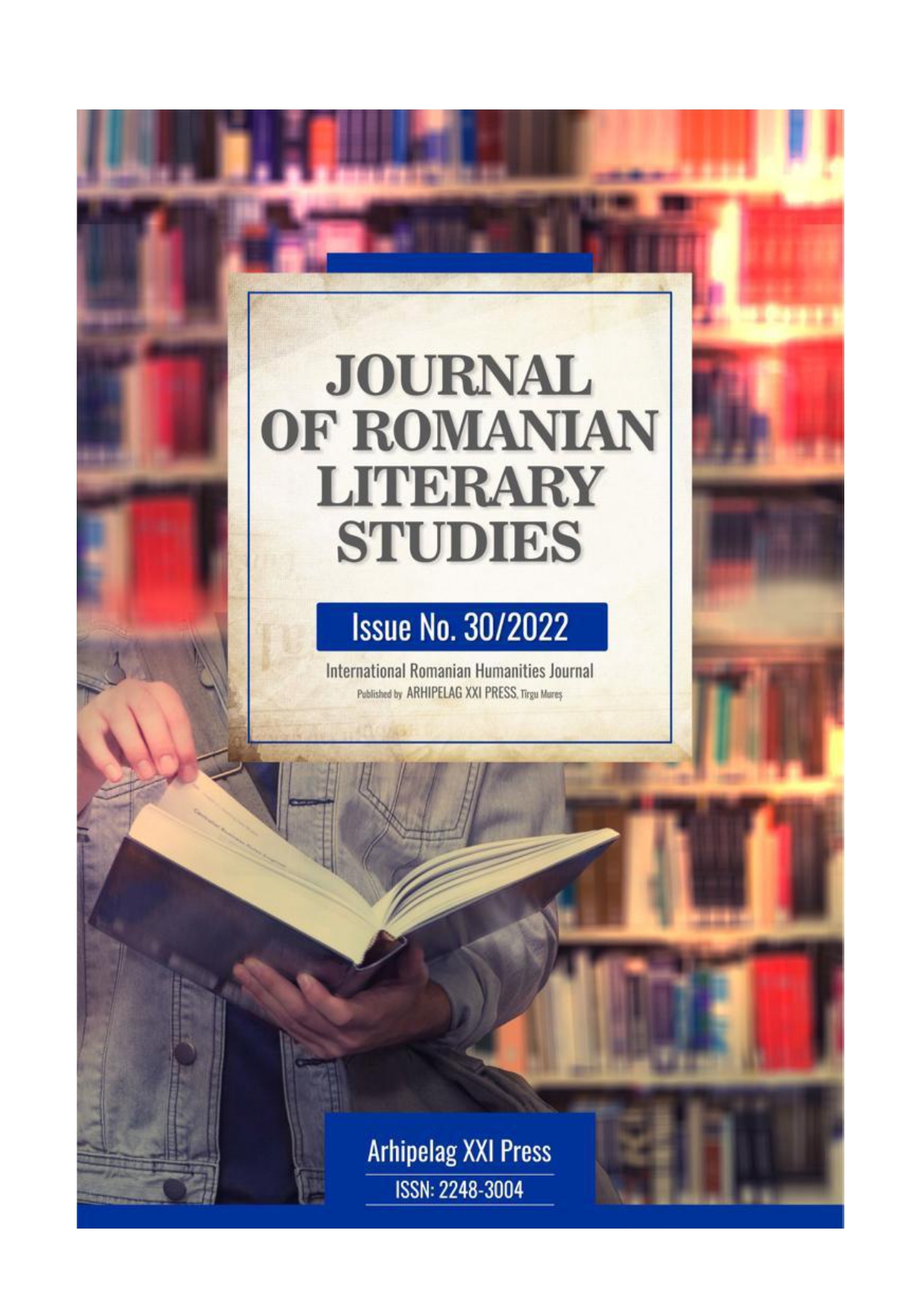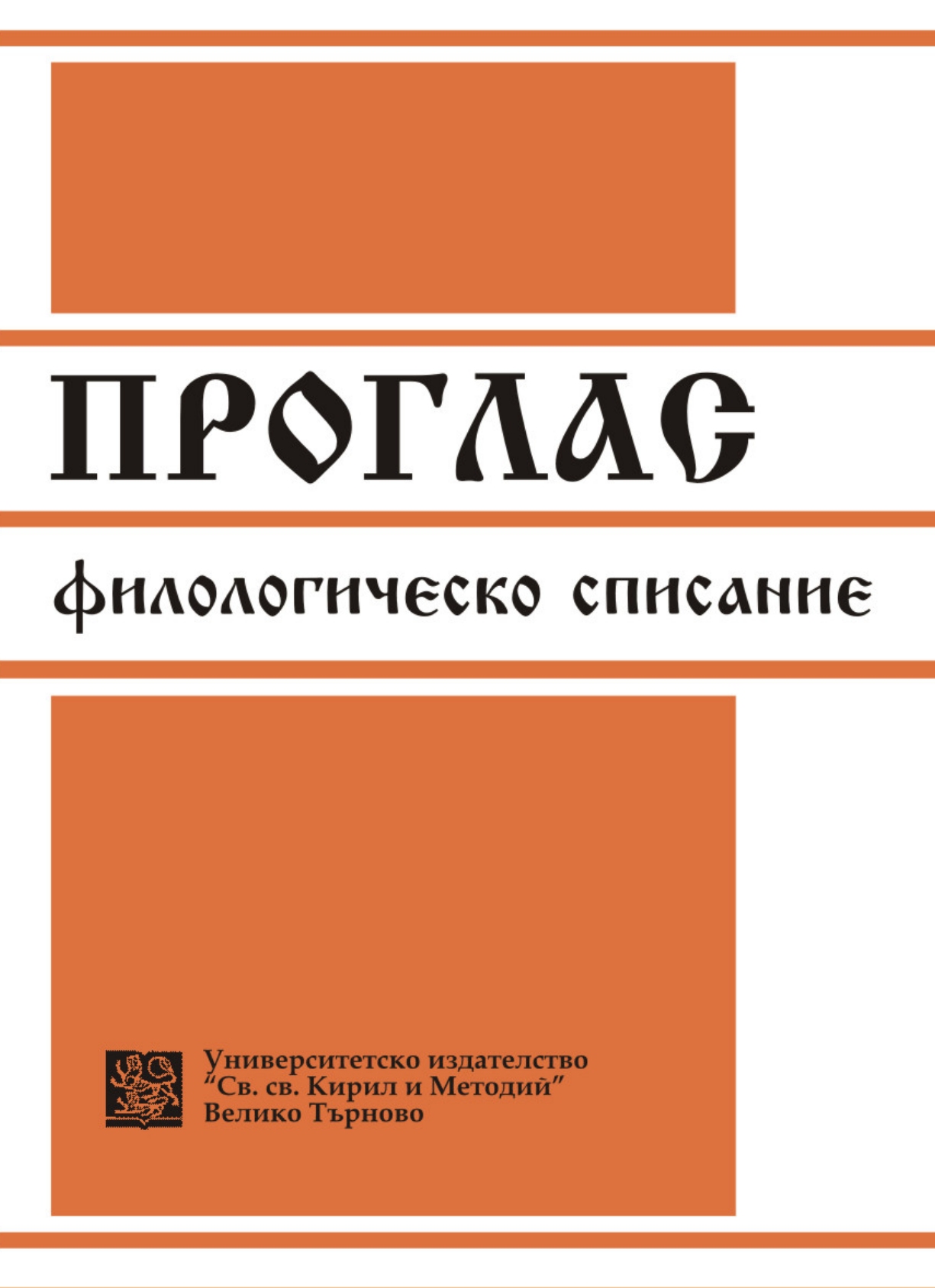
Еволюция на представите на бесарабските българи за етноидентификационните възможности на родноезиковото образование в поликултурна среда
The present paper provides a historical perspective of representations of Bulgarian immigrants in Bessarabia and their descendants on how it is possible to preserve their own ethno-cultural identity in the conditions of a multiethnic environment, how to resist assimilation, and subsequently – what tasks have the community and its leaders assigned to native language education. Several attempts by Bulgarian immigrants to organize native language education are considered; the author analyzes whether – and to what extent – there were special requirements for the content of the training. Summing up the history of the education of the Bessarabian Bulgarians, we can conclude that it is in fact a history of contradictions between the aspirations of Bulgarians to teach their children in their native language and the state policy of Russia, Romania, the USSR and the Republic of Moldova. Based on the documentation and scholarly papers on the issue at hand, the following conclusions have been made: until the 1930s, the very right to learn one’s native language was denied per se, whereas recognizing the ethno-identification content of the native language as well as understanding the need to overcome ethnocentrism in the process of teaching and learning the native language and culture have been characteristics of the late 20th and early 21st centuries
More...
